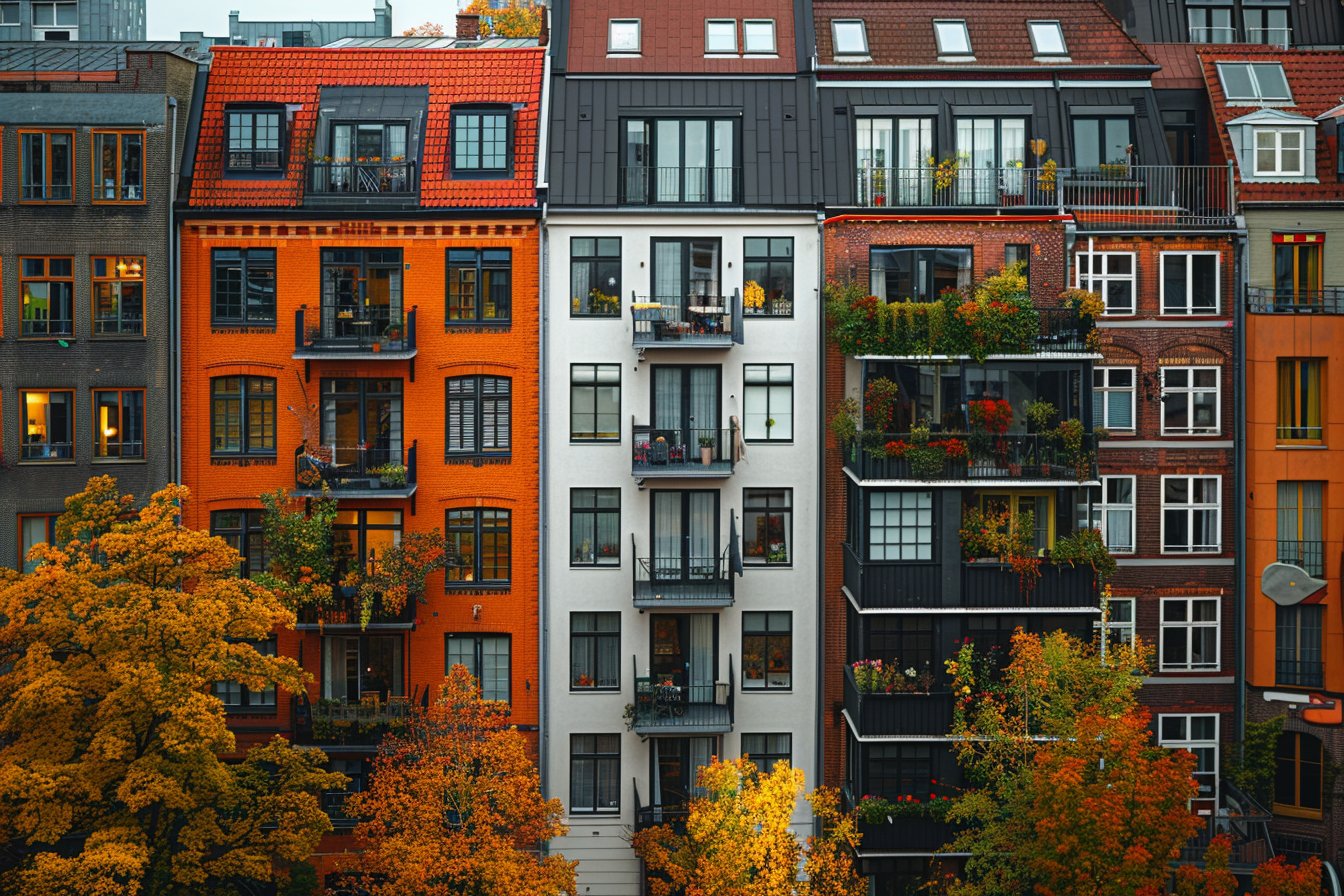In today’s globalized and connected world, it can be intriguing to examine various aspects of how societies function. One such aspect is housing – in particular, the number of rented homes around the globe. In this article, we will delve into an analysis of which country rents the most houses. By surveying different countries, we will gain a better understanding of their population and housing trends.
The Significance of House Renting Trends
Renting homes has become increasingly popular in many parts of the world, largely influenced by factors such as urbanization, job opportunities, and rising real estate prices. The increase in rentals has led to changes in socio-economic structures of cities and even entire nations. Studying these trends can unveil important insights about both the housing market and societal priorities in various regions.
Economic Factors Affecting Home Rentals
Housing markets are heavily influenced by the overall economic health of a region. For example, when an area experiences significant job growth or increased educational opportunities, more people tend to move there for work or study purposes, resulting in higher demand for rental properties. Additionally, fluctuations in mortgage rates and inflation can affect decisions to rent rather than buy a home.
Social and Cultural Aspects of Renting
Another important consideration when examining house-renting patterns across different countries is the role played by cultural attitudes. Views on homeownership and renting can vary significantly between societies, impacting the prevalence of home rentals. In some places, long-term renting is seen as an acceptable lifestyle choice, while in others, owning property holds greater symbolic importance.
A Global Overview of Home Rentals
There are substantial differences in the rates at which houses are rented around the globe. Some nations exhibit a clear preference for renting, while others lean more heavily towards homeownership. We will now take a closer look at some of the countries with the highest proportions of rented homes.
- Switzerland: With a population that predominantly resides in urban centers, it comes as no surprise that renting is commonplace in Switzerland. Over 60% of Swiss households are occupied by renters, making it the country with the highest percentage of rentals.
- Germany: Germany boasts the second-highest proportion of rented homes globally, with approximately 58% of its residential dwellings being rented out. This can be attributed to a variety of factors such as socio-economic conditions, cultural beliefs, and housing policies.
- Austria: Ranking third on our list is Austria, where around 53% of homes are rented. Similar to neighboring Germany, cultural attitudes and demographic factors contribute significantly to this high rate of rental properties.
- South Korea: Despite a strong cultural inclination towards homeownership, South Korea maintains an above-average percentage of rental homes due to government policies and rapidly growing urban populations. Approximately 52% of all households in the country fall under the rental category.
- France: Rounding out the top five countries with the highest proportion of rented homes is France, with roughly 49% of their residences occupied by renters. The French rental market has been influenced by factors such as economic trends and housing regulations, causing people to consider long-term rental options.
Digging Deeper into Home Rental Markets
In order to gain a better understanding of why home rentals differ across various nations, we must further investigate these countries’ respective housing markets and demographic trends. By examining factors such as population growth, urbanization, and housing policies, we can begin to unravel the story behind each nation’s rental market.
An Urbanizing World
Urbanization plays a large role in shaping global housing markets, as people move from rural environments into cities for job opportunities and improved lifestyles. In densely populated urban areas, there is often limited space for the construction of new residential properties, leading to increased demand for existing rentals. Furthermore, with high living costs in cities, some residents may find it more financially feasible to rent rather than purchase a home.
Housing Policies and Affordability
Government policies have a direct impact on each nation’s housing market, either encouraging or hindering the proliferation of rented homes. For example, rent control measures, which limit how much landlords can charge tenants, can make renting more appealing and accessible compared to purchasing a property. Alternatively, governments may offer incentives for homeownership via tax breaks or reductions in mortgage rates, stimulating the real estate market and influencing decisions related to renting versus buying a home.
A Changing World: Flexibility and Mobility
Another critical aspect shaping contemporary house-renting patterns is the increasing importance of flexibility and mobility due to globalization. Today, individuals are more likely to change jobs, relocate, or travel for extended periods. As a result, long-term renting offers a level of adaptability that appeals to modern lifestyles, providing an explanation for the rise in rented homes across a range of countries.
In conclusion, understanding why renting has become more prevalent across various nations involves a multifaceted examination of socio-economic, cultural, and political factors. Awareness of these aspects is crucial not only for comprehending local housing markets but also for better appreciating the diverse ways in which societies around the world function and adapt to changes.






